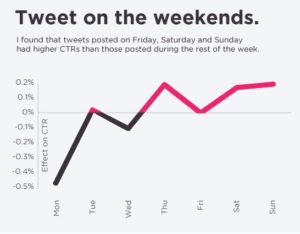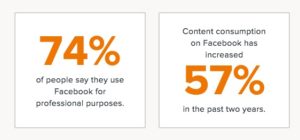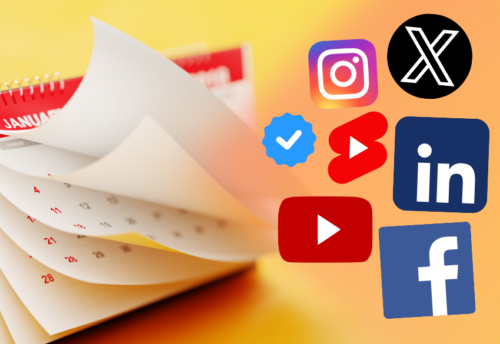
How to Tailor Your Content for Twitter, Facebook and LinkedIn
There are many things that factor into running a successful social media campaign. Social media marketing is an ever-changing industry. As marketers we know that to run a successful campaign you need compelling and shareable content. We also need to know our audience and their interests.
When writing content for social platforms, it’s good to keep in mind that all platforms are not created equal. Each social media platform has a different audience, character limits and peak times of usage. Therefore, the style of writing on each platform also differs.
Here are some guidelines for how to compose compelling content on each platform.
Twitter:
Twitter is said to be the best social media platform for engagement. It provides brands and buyers with an effective and unrestricted line of communication. Twitter also provides real-time communication and a simple user interface. So how can marketers leverage their content to succeed on Twitter? Here are four easy steps:
- Tweets have a maximum of 140 characters and with the recent update, this does not include images. You can now add an image even if you’ve reached the character maximum. This is great news to social media marketers who struggled with shortening tweets just to add an image previously.
- Use a professional tone and always link to further details.
- Hashtags are incredibly important in a tweet. According to Buffer Social adding one or two hashtags will get you 21% more engagement than if you add three or more.
- Time of day is also key for engagement and social reach on Twitter. Social media scientist Dan Zarrella found in one of his Twitter experiments that click-through rates were higher on Fridays, Saturdays and Sundays. If you don’t work weekends and still want to engage with your followers, using Hootsuite or Hubspot scheduling tools will help.
Facebook:
Facebook continues to be the most popular social media platform with more than a billion users. According to a social media update from Hootsuite, more than 50 million businesses use Facebook pages and 42% of customer service responses from brands on Facebook happen within the first 60 minutes. Facebook thrives because of its interesting content, news updates, visuals and even options to unfollow your aunt who spreads fake news. This makes Facebook a great tool for businesses to market, provide customer service and increase brand awareness.
When composing posts for Facebook, the audience you want to target and data are two important factors to keep in mind. To keep users engaged and interested in your posts, follow these guidelines:
- Use less text and more visuals to increase engagement by over 2%.
- Keep your messages short and sweet. Facebook updates should be in between 80 and 100 characters to increase engagement.
- Try not to copy content from other social channels. Watch your formatting and refrain from using hashtags or @ symbols. Those only work on Twitter or Instagram.
- Always include a link associated with the product, service or content.
- Memorable text, a link with a description and an eye-catching visual are key for a successful marketing campaign.
LinkedIn:
LinkedIn is a powerful tool for companies to build their brand and increase engagement. LinkedIn has made its mark as a professional network which helps build connections among users and is a game changer for business. Forbes notes that LinkedIn has now surpassed Facebook as the #1 most important social platform for B2B marketers. According to LinkedIn, 92% of B2B Marketers leverage LinkedIn over all other social platforms. Users invest their time in LinkedIn and are more connected than ever before.
LinkedIn offers an option to post blog-length content. It has few limits on characters and allows users to share content that has been published elsewhere. When creating content for LinkedIn keep in mind, that it is used as a professional network. It’s important to keep your account usage work appropriate and your content as well. For creating the most effective content on LinkedIn, follow these guidelines:
- Post content during business hours for maximum reach. To get the most social exposure avoid evenings, late afternoons, and weekends.
- Looking to share short, meaningful content? Create a status update.
- Expand your reach by distributing content through LinkedIn’s publishing platform.
- Follow a consistent social strategy by scheduling out status updates in advance. Plan to post status updates two to three times a day or publish an article one to two times a week.
- Add interesting visuals to your status update or article to keep users engaged.
- Post industry insights or company news to appeal to your network.
- Use a formal and professional tone to establish relationships with other companies and users.
Each platform is diverse and constantly shifting. Customizing content for the different social media platforms helps you connect with your audience, build your brand and engage with users.





Leave a Comment
You must be logged in to post a comment.